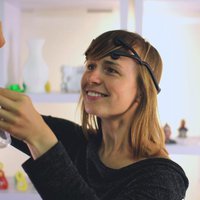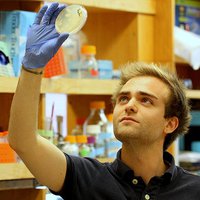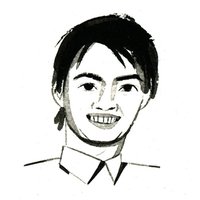Biotechnology & medicine
Jun Ge
Why we might use tiny flowers, trees, and spindles to create the pharmaceuticals of the future.
Illustration by Miguel Porlan

Global
Canan Dagdeviren
A master of flexible sensors and batteries sees opportunities for a new class of medical devices.

Europe
Kamila Staryga
Her smart pad detects the presence of gynecological diseases in menstrual fluid and transmits the data to a smartphone

Europe
Xavier Duportet
Development of intelligent antibiotics that kill specific bacteria based on the code they carry in their genome

Global
Benjamin Tee
A synthetic sense of touch could help both people and machines.

